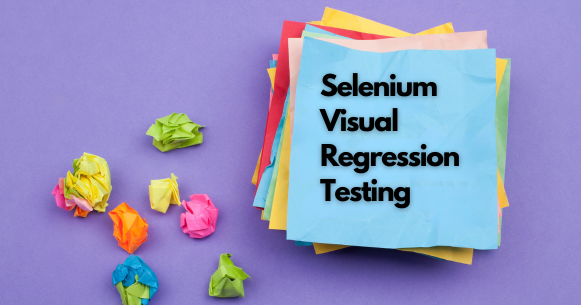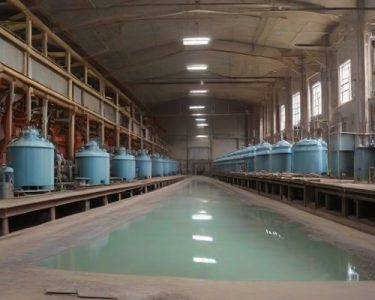In the realm of software development, ensuring the stability and consistency of web applications across different browsers and devices is paramount. Traditional functional testing using Selenium focuses on verifying the functionality of web elements. However, ensuring visual consistency is equally crucial for delivering a seamless user experience. This is where Selenium Visual Regression Testing (VRT) comes into play.
Understanding Selenium Visual Regression Testing
Selenium VRT is a technique that automates the process of detecting unintended visual changes between different versions of a web application. It captures screenshots of web pages and compares them pixel by pixel to identify any discrepancies. By flagging visual regressions, developers can promptly rectify issues and maintain the visual integrity of their applications.
Benefits of Selenium Visual Regression Testing
- Early Detection of Visual Defects: Selenium VRT enables early detection of visual discrepancies, allowing developers to address them before they escalate into major issues.
- Improved User Experience: By maintaining visual consistency, Selenium VRT enhances the overall user experience, fostering user satisfaction and loyalty.
- Time and Cost Savings: Automating visual regression testing with Selenium reduces the time and resources required for manual testing, thereby saving costs and accelerating the development cycle.
- Cross-Browser and Cross-Device Compatibility: Selenium VRT ensures that web applications render consistently across various browsers and devices, eliminating compatibility issues.
Best Practices for Selenium Visual Regression Testing
1. Selecting Representative Test Cases
Identify a set of representative test cases that cover critical functionalities and visual components of the web application. These test cases should encompass different pages, layouts, and user interactions to ensure comprehensive test coverage.
2. Establishing Baseline Screenshots
Before making any changes to the application, capture baseline screenshots of all relevant pages. These baseline screenshots serve as references for comparison during subsequent test runs, enabling the detection of visual regressions.
3. Implementing Version Control
Utilize version control systems such as Git to track changes in both the application code and visual assets. This allows for better collaboration among team members and facilitates the management of test scripts and baseline screenshots.
4. Configuring Visual Regression Tools
Integrate visual regression testing tools like Applitools Eyes or Percy with Selenium to streamline the testing process. Configure these tools to capture screenshots at different viewport sizes and device resolutions to ensure thorough validation across various environments.
5. Setting Tolerances for Deviation
Define acceptable tolerances for visual deviation to distinguish between intentional design changes and unintended regressions. Fine-tune these tolerances based on the specific requirements and aesthetics of the web application.
6. Handling Dynamic Content
Account for dynamic content such as ads, date/time stamps, and user-generated data that may impact the visual appearance of web pages. Implement dynamic content handling mechanisms to exclude or stabilize such elements during visual comparison.
7. Integrating with Continuous Integration (CI) Pipelines
Integrate Selenium VRT into the CI pipeline to automate the execution of visual regression tests with every code commit. This ensures consistent validation of visual integrity throughout the development lifecycle, facilitating early bug detection and resolution.
8. Implementing Test Reporting and Analysis
Incorporate reporting and analysis functionalities into Selenium VRT frameworks to provide actionable insights into test results. Generate detailed reports highlighting visual discrepancies, along with contextual information to aid developers in troubleshooting and resolving issues.
Conclusion
Selenium Visual Regression Testing offers a robust mechanism for maintaining the visual consistency and quality of web applications. By adhering to best practices such as selecting representative test cases, establishing baseline screenshots, and integrating with CI pipelines, developers can effectively leverage Selenium VRT to enhance the reliability and user experience of their web applications. Embracing these practices empowers teams to detect visual regressions early, streamline the testing process, and deliver superior digital experiences to end-users.







